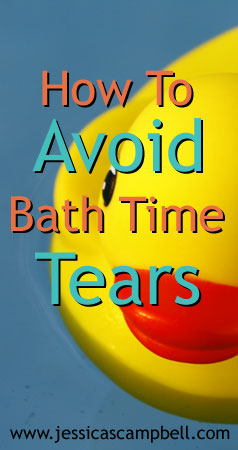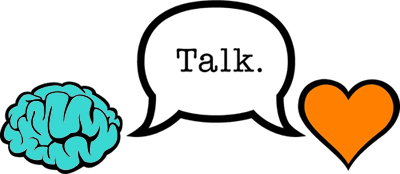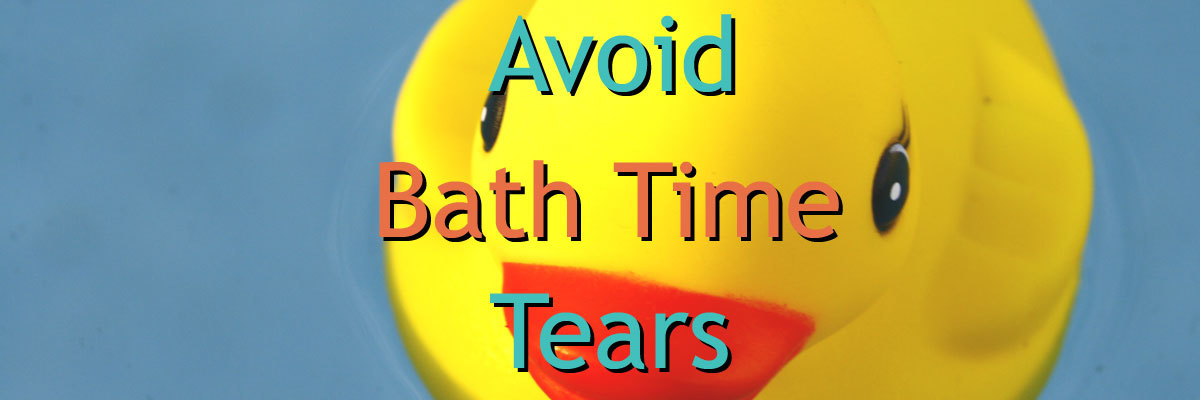Not too long ago, I posted on my Facebook page asking for help from other parents. Bath time was becoming a struggle in our household, and I didn’t like it. More specifically, washing my daughter’s hair was the issue. As soon as we tried to gently pour the first cup of water over her head – the screaming started. And I mean SCREAMING – the type which made me worried the neighbors would report us for abuse. It was quickly followed up with tears and pleas of “All done! All done mommy! All done!!!” – which is her way of letting us know that she doesn’t like something that’s going on.
It was traumatic for all of us – my husband and I dreaded drawing bath duty for the night.
We tried all the suggestions others gave – a special hat to keep the water from running down her face (she wouldn’t keep it on), holding – or trying to have her hold – a wash cloth over her eyes (she wanted no part in this blindfold business!) and trying to get her to just lay back in the water (she stiffened up and flipped over to get away). Nothing worked, clearly. Many parents said it was just a fact of life and we should just get used to it. Bath-time would mean scream time until she just got over it. And that may be true – there are things about toddlerhood that we do simply have to accept.
I wasn’t sold that this was one of them.
After all, other people had found ways to get their children to quiet down during hair washing. I just had to find the right method for us. I decided to revisit my child development texts. I read about observational learning, behavioral theory, classical conditioning and was just revisiting Piaget’s stages of development when I remembered our first break through in getting our daughter to sleep on time each night.
It was creating a ritual. A predictable sequence of events that diminished uncertainty and anxiety and offered her support.
I thought about how to create a smaller ritual around hair washing. Part of the problem was that she didn’t get her hair washed every time she was in the bath. The fact that only sometimes was she subjected to the horrifying wet-head treatment was likely creating a sense of insecurity around not knowing if this bath was one of the times she would have to endure to it.
So, while it seems counterintuitive, I decided her head would get wet at every bath.
And that it would happen in the same way, every time. The sequence I created was to stop the drain, start the water, and add the bubbles while my daughter watched. Then, she went into the tub and I handed her a few of her bath toys while the water filled. I would then pick the bath-time cup up, fill it with water and with my hand gently on her forehead, pour the water atop her head while announcing “One”. I would repeat this for counts of “two” and “three” – adding a cheery “One more!” before announcing “four”. Which was followed with a happy “All done!”
By the third bath, we were down to mild protests in between counting along with me and cheering for “All done!” The 10-15 minutes of crying? The requests for hugs and kisses to get her to calm back down? The ear-splitting shrieks? All vanished. Head wetting is still not her favorite part of bath-time. But it’s become a blessedly short interlude before we get back to the business of playing and splashing!



